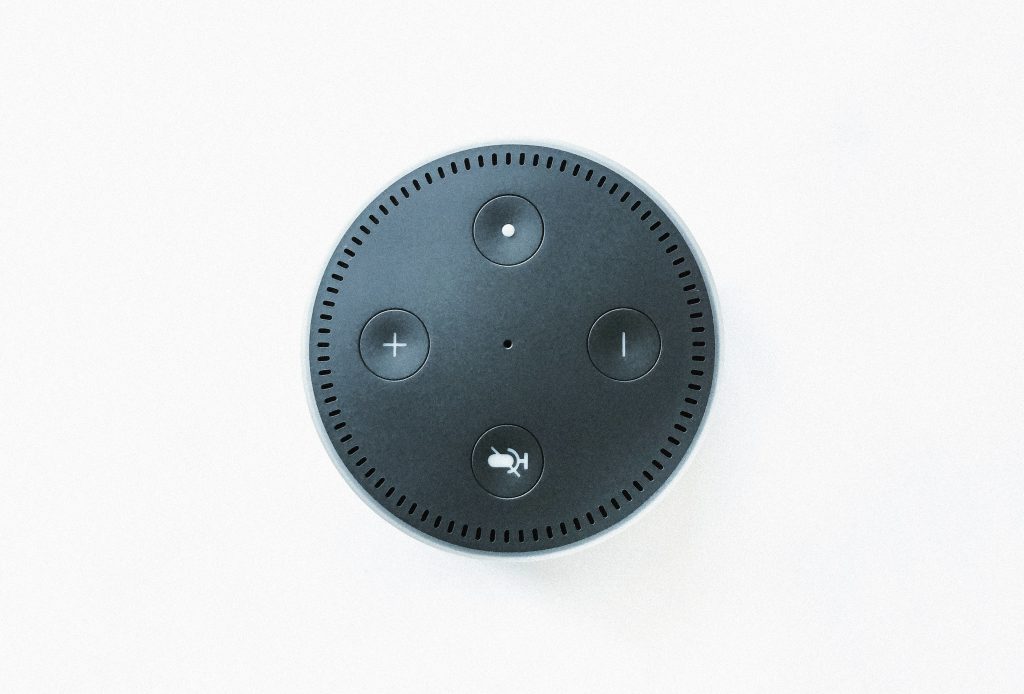
Not one of ours, we like to keep our conversations private. Instead a photo by Rahul Chakraborty
Would you like to guess how many IoT devices are in service today? According to a recent study, there are about 20 billion connected devices in the world. By 2025 it is estimated that this number will grow to over 25 billion devices – that is a lot of gadgets!
We should put that into perspective – just for fun.
There are about 1 billion cars on the planet, McDonald’s sells about 900 million Big Macs, worldwide every year, and on one day in January of this year, 2020, Jeff Bezos made $13.2 Billion. That probably has no bearing here other than it is an incredible fact.
We know that there is massive, exponential growth in IoT across this blue planet we call home. The issue is that every one of these devices needs to be connected to infrastructure in order to operate. And this is the rub. That network infrastructure is aging and not being replaced at the speed our innovation requires.
It is a little bit like having all these brand new convertibles on the road but the road is less road-like and more like a tired-looking, pothole-ridden, excuse for a surface. A bit like driving in Duluth.
Now, I don’t know about you but the quality of the road makes for the quality of the drive, and networks are just the same. A recent article described the flurry of net new IoT devices as a “decimator of networks.”
In the work we do, across the markets we serve, we see this all the time. Budgets are spent on new devices, tablets, laptops, desktops, thermostats, cameras, lighting, and a myriad of other sensors with no regard for where they are connecting. The infrastructure plays an invaluable role in defining how efficiently the device functions as well as the user experience.
Here’s an idea, let’s split the budget. Let’s double down and tend to the infrastructure for a change. Let’s invest in modern switches, state of the art WiFi, and of course firewalls. Spending here will ensure that our devices can seamlessly and securely transmit their data to their desired destination. Whether it be for analytics or Netflix, our data deserves a better road to travel on.